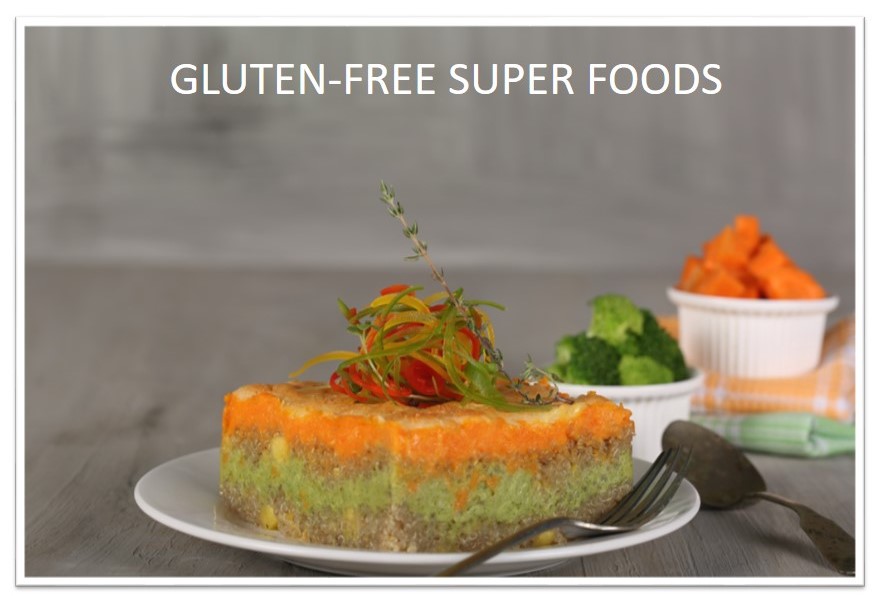Have you noticed the increasing number of gluten-free options in groceries and restaurants? Words like gluten intolerance, gluten sensitivity and gluten free are on the rise these day. Studies have shown that 1 in 200 people suffer from various degrees of intolerance to gluten. This may make you wonder why this sudden increase in gluten intolerance in the recent past.
Various lifestyle, environment, genetic and dietary factors are responsible for gluten intolerance. It is characterized by the body’s adverse reaction to gluten, a protein found in wheat, barley and rye. Symptoms of gluten sensitivity include diarrhea, abdominal cramping, bloating, headaches and fatigue.
Wheat being a staple food can be difficult to avoid. Most of the food we consume daily is made using wheat and therefore following a gluten free diet can be very challenging. Fortunately, there are some gluten free healthy substitutes. The experts at India Gate share healthy gluten free options which are tasty too.
- Quinoa is a naturally gluten free grain enjoyed for its delicious flavor, impressive nutrient profile and versatility in cooking. Whether it’s for people suffering from celiac disease, kids who are picky eaters, soon to be mothers, diabetic patients or those looking for weight loss solutions, Quinoa is perfect for all! Moreover, its high protein content makes it the best plant based protein option for vegans and vegetarians.
- Sprouted Brown Rice is a good alternative, as they can be consumed by those with food intolerances. They are allergen free and contain important and balanced nutrients. The germination process activates numerous biochemical reactions which in turn bring the nutrients to a state of better digestibility.
- Amaranth is also a naturally gluten-free, mineral-rich grain, which ranks low in carb content, but is rich in fibre. It is easily digestible and an adequate substitute for people with wheat intolerance or allergies. Approximately 70% of the fats are unsaturated, including omega-3 and omega-6 fatty acids. This is important because both of these essential acids have to be consumed in your food, as the body can’t produce them itself.




